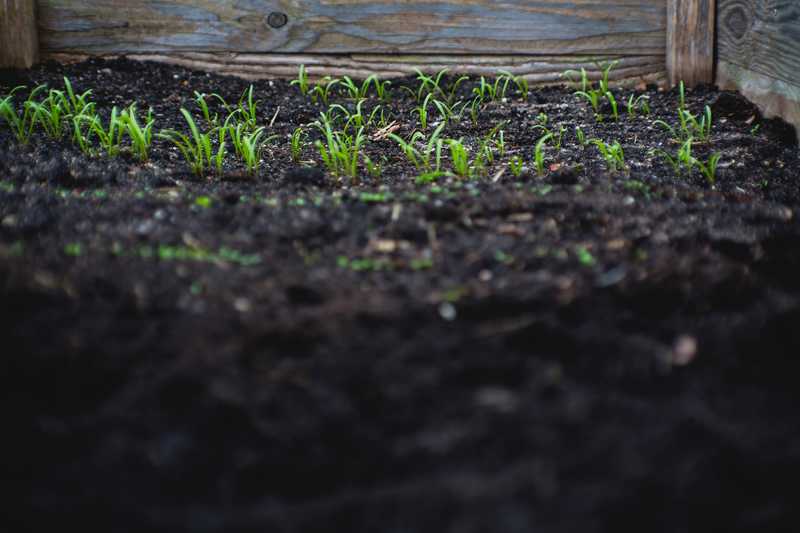105. Evergreen energy: A unique and massively scalable solution for reducing emissions with many SDG co-benefits: 9:00am – 10:30am

Event time: 9:00am – 10:30am Location: Park Hub West, Convene, 101 Park Avenue Event organizer: The Global EverGreening Alliance The IPCC warns that all pathways that limit global warming to 1.5-2.0 deg C with limited or no overshoot will require the deployment of carbon dioxide removal (CDR) from the atmosphere of up to 1000 GtCO2 […]
Read more
Related articles for further reading
Event time: 9:00am – 10:30am
Location: Park Hub West, Convene, 101 Park Avenue
Event organizer: The Global EverGreening Alliance
The IPCC warns that all pathways that limit global warming to 1.5-2.0 deg C with limited or no overshoot will require the deployment of carbon dioxide removal (CDR) from the atmosphere of up to 1000 GtCO2 over the 21st century. Their model pathways to limit global warming are projecting the conversion of up to 500 million hectares of agricultural land (currently producing food and feed grains), and up to 800 m ha of pastureland, into bioenergy crops, while also increasing the global forest area by up to one billion hectares. This enormous land conversion whose pose profound competition for food production. But are there alternative ways to vastly increase carbon capture that would not require the conversion of agricultural land, but rather would actually increase crop production? Yes, there are. This is already being done through deploying leguminous shrubs in crop fields to produce biofertilizer and livestock fodder, while the woody biomass is used for power generation with carbon capture and utilization. This integrated food-energy approach advances rural livelihoods, create millions of jobs, and enhances biodiversity, while helping to electrify rural areas, particularly in Africa. In Sri Lanka, these evergreen energy systems have been fully commercialized. There are now eight power plants built and operated by private sector companies in operation in the country using wood from nitrogen-fixing shrubs, and 10 or more plants are under construction or in the feasibility stage. These electrical power generation systems are based on shrub cultivation. Farmers fertilize their crops with the shrub foliage while they sell the wood produced to the power plants. The power generation ranges from small-scale electrical production for local use (producing 4 KW to 9 KW), to large plants capable of producing 5 MW to 10 MW of electricity. The Global EverGreening Alliance is proposing a global crash program to develop evergreen energy to capture 11.6 billion tons of CO2 annually, or 31% of current global emissions. It would address the imperative of generating global negative emissions while directly benefitting millions of the poorest people on the planet. The event will fulfill the objectives of the Hub by raising awareness about this solution, and by creating the momentum to make it happen. The event will map out the processes for scaling-up evergreen energy. It will engage the audience to give this solution more serious consideration in their climate change, biodiversity, land restoration, energy, and development programs. During Climate Week, the Alliance is also announcing the launch of a Campaign to EverGreen the Earth with a goal of capturing at least 20 billion tons of CO2 per year by 2050. The goal is made up of six targets for storing carbon through the massive scale-up of evergreening practices on farmlands, degraded forest lands, and rangelands. This would put the globe into significant negative emissions territory by mid-century. The game-changing evergreen energy solution will constitute an important component of achieving the goal.
Speakers:
- Dennis Garrity (Chair, EverGreening Alliance)
- Achim Steiner (UNDP Administrator – TBC)
- Tim Christopherson (Head of Terrestrial Ecosystems, UNEP)
- Chris Armitage (CEO, Global EverGreening Alliance)
Sign up here to attend
Partners/Sponsors: UNDP, International Renewable Energy Agency (IRENA), Global Bioenergy Partnership, EverGreening Alliance USA, CRS, and World Vision